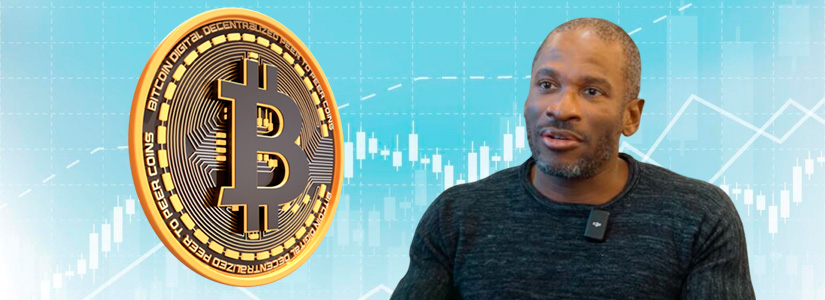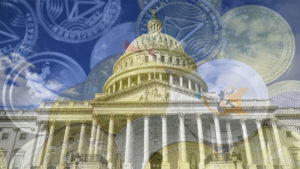TL;DR
- $250K Bitcoin Forecast: Former BitMEX CEO Arthur Hayes predicts Bitcoin could soar to $250,000 by year-end, spurred by a major Fed liquidity boost.
- The “QT Twist” Explained: He argues the Fed’s shift from quantitative tightening to a stealth QE—injecting substantial capital via a “QT Twist”—will flood markets and weaken the dollar.
- Bitcoin as an Inflation Hedge: Drawing parallels to gold’s QE1 surge, Hayes views Bitcoin’s current bottoming as the start of a strong upward trend in an inflationary environment.
Former BitMEX CEO Arthur Hayes has made a bold prediction: Bitcoin could soar to $250,000 by the end of the year. His forecast is rooted in a fundamental shift in U.S. Federal Reserve policy, which he believes will trigger a massive influx of liquidity into financial markets—ultimately benefiting Bitcoin.
Arthur Hayes argues that the Fed has effectively abandoned quantitative tightening (QT) and is now embracing quantitative easing (QE) for U.S. Treasury markets. This shift, he claims, will flood the economy with fiat liquidity, driving investors toward hard assets like Bitcoin.
The “QT Twist” and Its Impact on Bitcoin
At the heart of Arthur Hayes’ thesis is what he calls the “QT Twist”—a policy move where the Fed slows its balance sheet reduction while reinvesting proceeds from mortgage-backed securities (MBS) into U.S. Treasuries. This approach, according to Arthur Hayes, is a form of stealth QE, injecting hundreds of billions of dollars into the financial system.
Arthur Hayes estimates that the Fed could buy up to $420 billion in Treasuries annually while reducing Treasury QT from $25 billion to $5 billion per month—a liquidity boost of $240 billion per year. This influx of capital, he argues, will weaken the dollar and push investors toward Bitcoin as a hedge against inflation.
Historical Parallels and Bitcoin’s Role
Hayes draws comparisons to Arthur Burns, the Fed Chair during the inflationary 1970s, who admitted that political pressure prevented the Fed from controlling inflation. Hayes believes the current Fed is facing similar constraints, with government debt ballooning and policymakers needing to finance deficits at low yields.
Unlike traditional assets, Bitcoin operates outside the financial system, making it uniquely positioned to absorb excess liquidity. Hayes asserts that Bitcoin’s price is driven by expectations of future fiat supply, and with the Fed shifting toward QE, the conditions are ripe for a parabolic price surge.
Hayes is confident that Bitcoin has already bottomed at $76,500 and is now on an upward trajectory. He likens Bitcoin’s current position to gold’s reaction to QE1 in 2008–2009 when liquidity injections led to an explosive repricing of anti-fiat assets.











